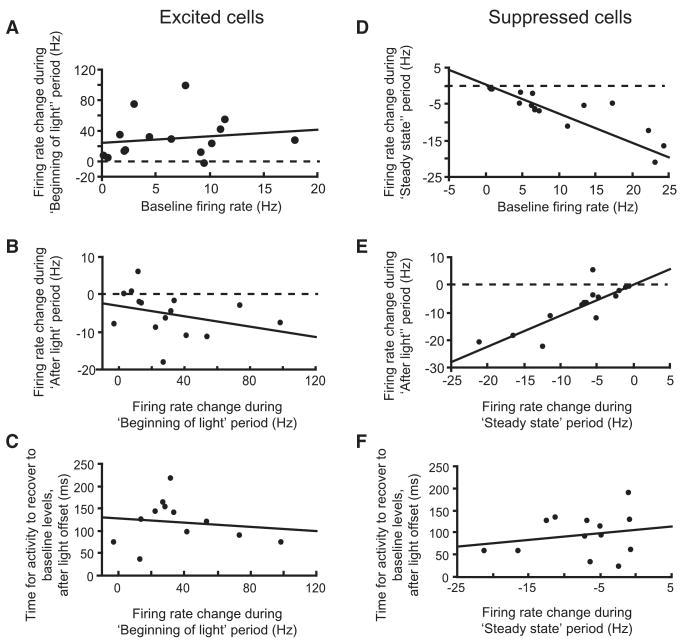An Open Resource for Non-human Primate Optogenetics
Abstract
Optogenetics has revolutionized neuroscience in small laboratory animals, but its effect on animal models more closely related to humans, such as non-human primates (NHPs), has been mixed. To make evidence-based decisions in primate optogenetics, the scientific community would benefit from a centralized database listing all attempts, successful and unsuccessful, of using optogenetics in the primate brain. We contacted members of the community to ask for their contributions to an open science initiative. As of this writing, 45 laboratories around the world contributed more than 1,000 injection experiments, including precise details regarding their methods and outcomes. Of those entries, more than half had not been published. The resource is free for everyone to consult and contribute to on the Open Science Framework website. Here we review some of the insights from this initial release of the database and discuss methodological considerations to improve the success of optogenetic experiments in NHPs.
Catherine Note: published, updated abstract, uploaded PDF, added sample figures
Figures

Fig. 1 Behavioral tasks and stimulus selection during search. a Schematic representation of behavioral tasks. Dotted circles represent the monkey’s current point of fixation. Detection and search trials were pseudorandomly interleaved. For detection trials, the target was a small white square that was presented at the end of the initial fixation period. For search trials, the initial fixation period was followed by a cue period that instructed the animals which color/shape combination was the target for that trial, and following a delay period, the target (i.e., cued stimulus) was presented along with distractors. In this example of a search trial, the cue/target was the red triangle, and the animal made two saccades (represented by the sequence of black arrows) before finding the target stimulus. The dotted square represents the RF of a V4 unit. Stimuli are not drawn to scale. b Probability of any given stimulus being fixated as a function of its similarity to the target during correct search trials. Error bars represent ± SEM. Data points from individual sessions are shown by the black dots.

Fig. 7 Effects of VPA inactivation on spatial selection contrast ratios in area V4. Cumulative distributions of attentional contrast ratios for control (solid lines) and VPA inactivation (dotted lines) sessions. Contrast ratios were computed for each neuron as the difference in responses between the two attentional conditions (i.e., saccade to stimulus in RF vs. saccade to stimulus outside RF), divided by the sum of those responses. The first point represents all contrast ratios of less than −0.25, and the last point represents all contrast ratios greater than 0.25. The median contrast values for each session type is shown by the arrows (solid for control and dotted for inactivation sessions).
